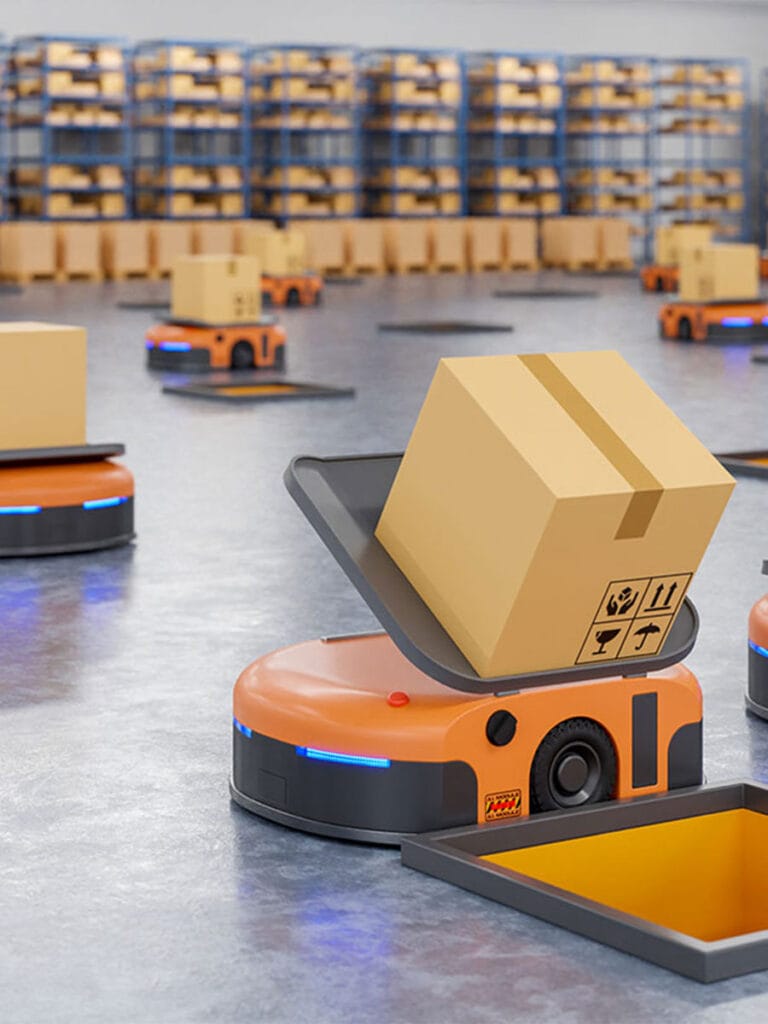- Home
- About Us
- Services
- Digital Supply Chain & Logistics
- Supply Chain Planning
- Digital Manufacturing
- Warehouse Management
- Warehouse Automation
- Transportation Management & Logistics
- 3PL
- Industrial IOT
- SAP Services
- Digital Transformation Services
- Enterprise Data & Analytics
- Process Transformation Services
- ERP Services
- SAP Business AI
- Enterprise Hyperautomation
- RPA Managed Services
- Automation as a service
- Business Consulting
- Warehouse Process Re-Engineering
- Warehouse Built-to-Design
- Supply Chain Transformation
- Supply Chain Network Design
- Testing CoE
- Innovation
- Stellium Technology and Innovation Center (STIC)
- Enterprise AI
- Products and Add-ons
- Enterprise Managed Services
- Assessment Services
- Solutions
- SAP Digital Supply Chain
- SAP Integrated Business Planning
- SAP Extended Warehouse Management
- SAP Transportation Management
- SAP Global Trade Services (GTS)
- Yard Logistics
- SAP Logistics Business Network
- SAP Manufacturing Integration and Intelligence (MII)
- Cloud ERP
- SAP S/4 HANA
- SAP S/4 HANA Cloud, Public edition
- SAP S/4 HANA Cloud, Private edition
- SAP Signavio
- Robotic Process Automation (RPA)
- Automation Anywhere
- Test Automation
- Tricentis
- SAP Business technology Platform
- SAP Analytics Cloud
- SAP Business Data Cloud
- Data & Analytics
- SAP BW/4 HANA
- SAP Datasphere
- SAP Master Data Governance(MDG)
- Resources
- Contact Us
- Careers
- News & Events
Break Barriers to Automation with Stellium’s Pay-As-You-Go Model
Automation traditionally faces substantial barriers to entry by way of licensing costs, skill acquisition and organizational resistance to change. Stellium pushes the boundaries by introducing its innovative Automation as a Service (AaaS) offering. AaaS eliminates the need to purchase expensive licenses, develop or acquire skills and conduct extensive change management by offering ‘Mission Readiness’ of your processes. The solution is structured to be made available on an incremental ‘Use As You Pay’ methodology and is based on a “Mission Readiness’ philosophy, i.e. charges for automation accrue on a monthly basis on an ongoing basis but subject to actual availability for operation.
Removing usual barriers to entry from the internal automation landscape of organizations. AaaS is a quick and streamlined services bundled into a package, encompassing the RPA lifecycle from Discovery to Institutionalization. The AaaS approach is differentiated from the typical CoE approach in the traditional Managed Services model. The service is rendered in the following steps to increase process velocity:
Inputs for Engagement
– Case login
– Stakeholder feedback
– Service design
Program Management
– Develop Business case
Bot Factory Management
– Bot development
– Unit testing
– Demonstration
Testing, Training & Deployment
– UAT
– Training and KT
– Deployment & Roll-out
Post Go-live Support
– Hypercare
– Support
– Success tracking
– RCA & bug-fixes
Stellium offers comprehensive automation solutions to streamline business processes and enhance operational efficiency by automating workflows. Additionally, Automation as a service pilot provides predefined content and no-code capabilities to automate manual operations, simplifying complex processes and reducing operational efforts.
Stellium’s Automation as a Service enables quick start of RPA program and is offered across a wide range of industry and functional organizations.
Manufacturing
Automotive
Logistics
Supply Chain
Retail
Healthcare &
Life Sciences
Banking, Financial Services & Insurance
Consumer Packaged Goods
ADVANTAGES OF AUTOMATION AS A SERVICE (AaaS)
Accelerated Time to Value
FAQ
Blog
Case Studies
Latest News
FAQ
Robotic process automation (RPA) uses automation technologies to mimic manual tasks like data extraction, form filling, moving files, approvals etc. By deploying scripts which emulate human processes, RPA tools complete autonomous execution of various activities and transactions across unrelated software systems. It combines APIs and user interface (UI) interactions to integrate and perform repetitive tasks between enterprise and productivity applications.
Using rule-based software to perform business process activities at a high-volume, RPA frees up human resources to prioritize more complex tasks. RPA enables CIOs and other decision makers to accelerate their digital transformation efforts and generate a higher return on investment (ROI) from their staff. It also allows organizations to scale without additional investment of resources.



